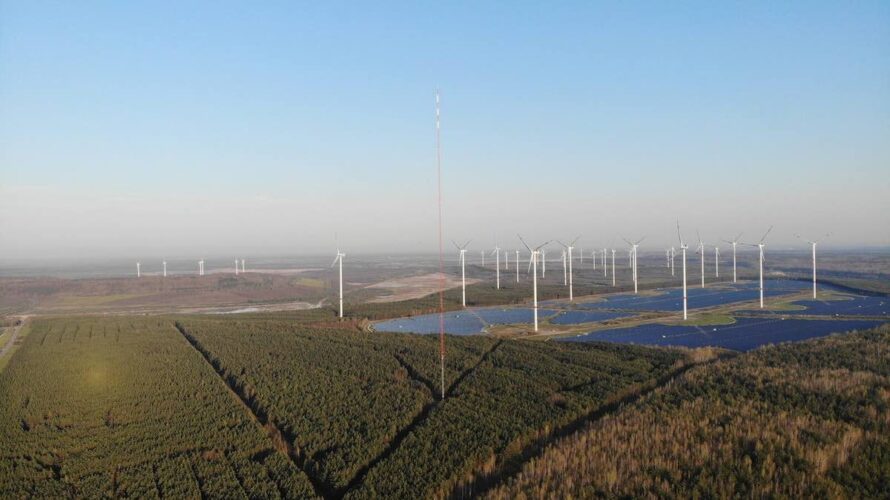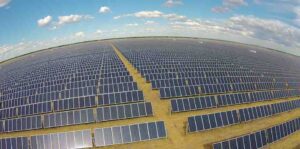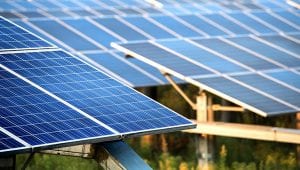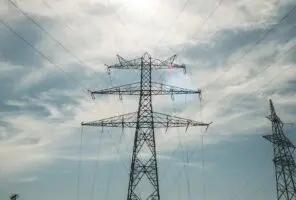With the inauguration of a new onshore wind power testing mast with a height of 300 metres, project developers in Germany hope it will pave the way for a new generation of wind turbines.
The mast, erected in the Lusatia region of the eastern German state of Saxony, started operations in the first week of May, with government and industry representatives celebrating the start of the pilot project on site.
“With research on high altitude wind power installations, we can make the wind farm of the future more efficient with a higher degree of utilisation, while using the same area for construction,” state secretary Michael Kellner from the economy and climate ministry (BMWK) said in a press release issued by the government’s Agency for Disruptive Innovation (SPRIND).
Over the coming months, the testing tower will collect data on wind speeds, air pressure, temperature and the impact on the behaviour of local bat populations that will help project leaders decide on how to develop the technology further.

The construction, made of 99 individual lightweight elements, is about twice as high as conventional wind turbines. High altitude turbines could produce twice as much electricity as smaller ones and enable the harvesting of wind power at different vertical levels at the same location by interspersing higher turbines in conventional wind farms, according to SPRIND.
The location of the world’s highest wind power testing mast in a coal mining region that is set to undergo a major shift in its local economy in the next years is a positive sign for the region’s future, said Jochen Großmann, whose company GICON oversaw the project’s implementation.
“Former lignite mining areas can be made valuable again and serve as a basis for locating modern industries that are fully supplied with green electricity,” Großmann argued.
Germany plans to greatly expand its onshore wind power capacity in the coming years, but a lack of construction areas has so far been one of the greatest challenges for achieving a faster roll-out of new turbines.
Construction has been blocked through regulations like the so-called 10H rule in Bavaria, which states that onshore turbines must have a distance from residential areas equalling ten times their own height.
This article was originally published by Clean Energy Wire. Republished here with permission. Read the original article here.










